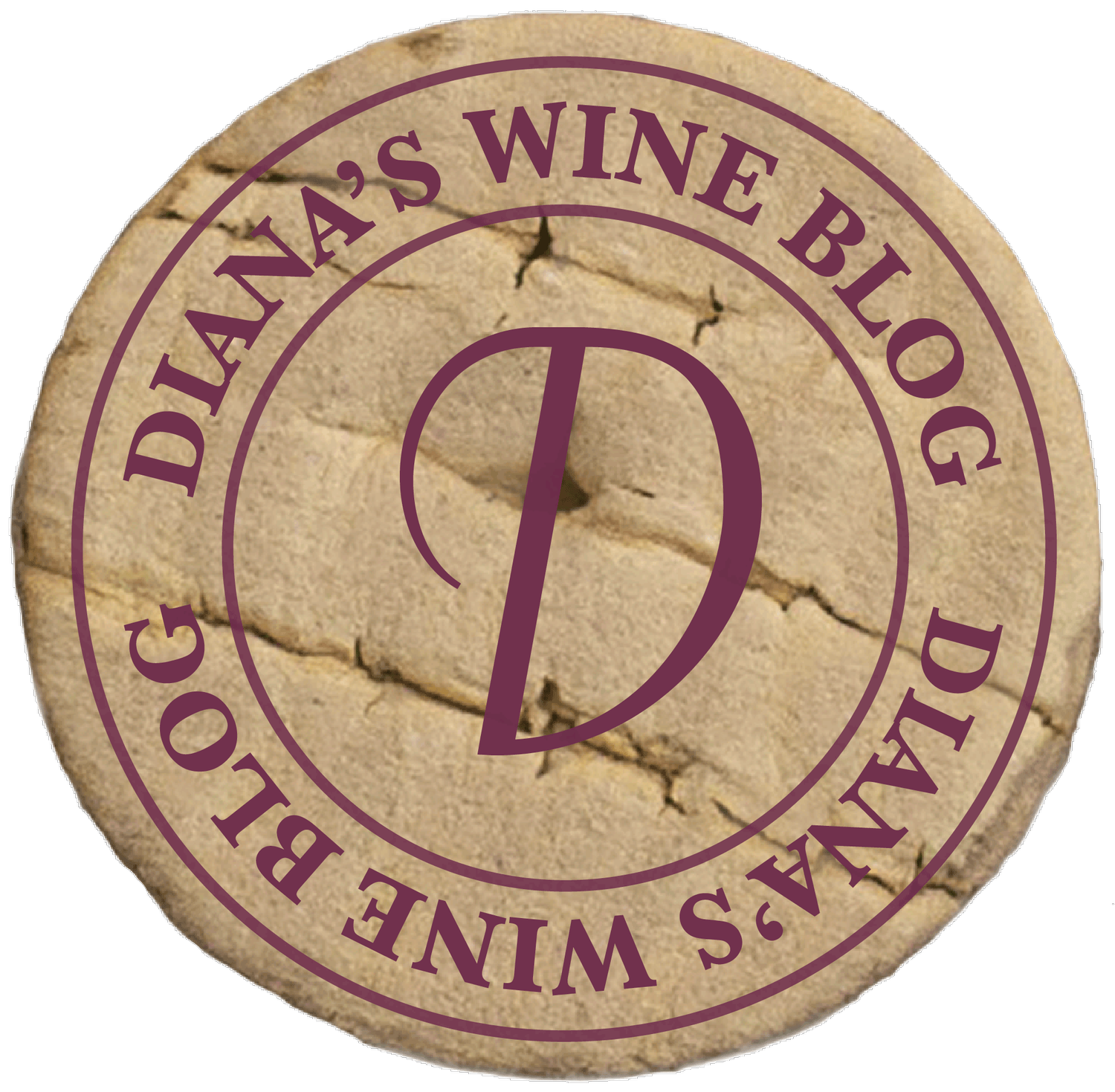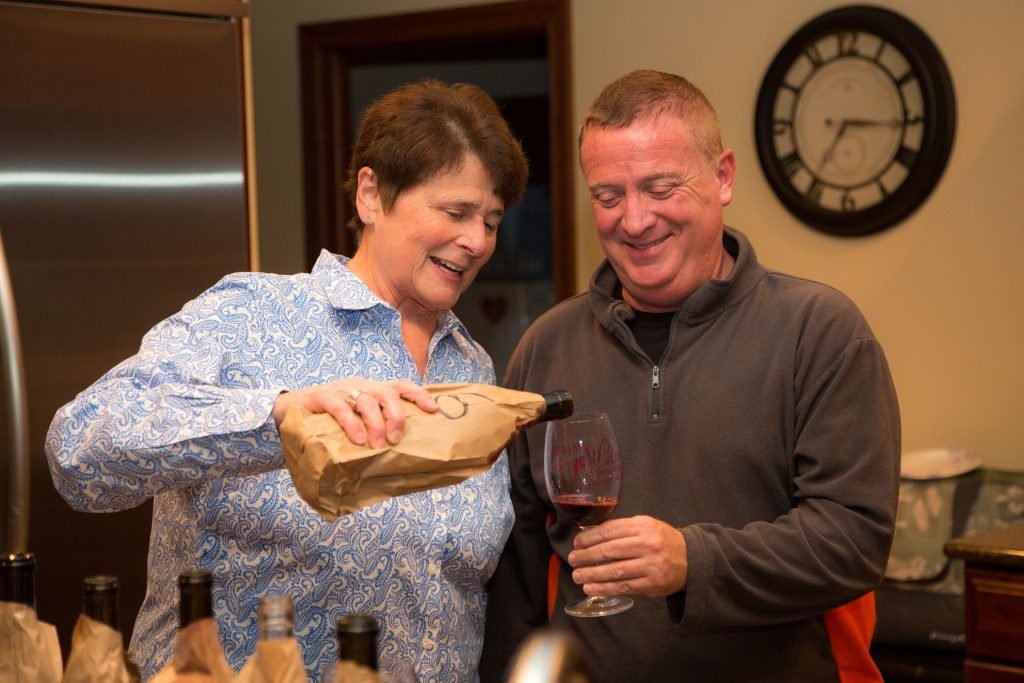
The Nose Knows
Every year during the holidays, the family hosts a wine tasting party. The purpose is to share good wine and enjoy each other in a festive environment. Each year, there is a challenge regarding varietal and matching wines to their profile. There is always a variation on the theme to pique everyone’s interest and to learn something new.
One would think that the most important aspect in identifying the different wines would be the taste, yet consider that one of the most critical aspects is the nose. What does that mean? The nose is the main source of our sense of taste. While we can only taste five distinct flavors (sweet, sour, bitter, salty, and savory), we can smell hundreds of thousands of distinct aromas. Remember the last time you had a head cold and couldn’t smell a thing? Food did not taste very good, if you could taste it at all. Test this out by holding your nose and taking a sip of wine.
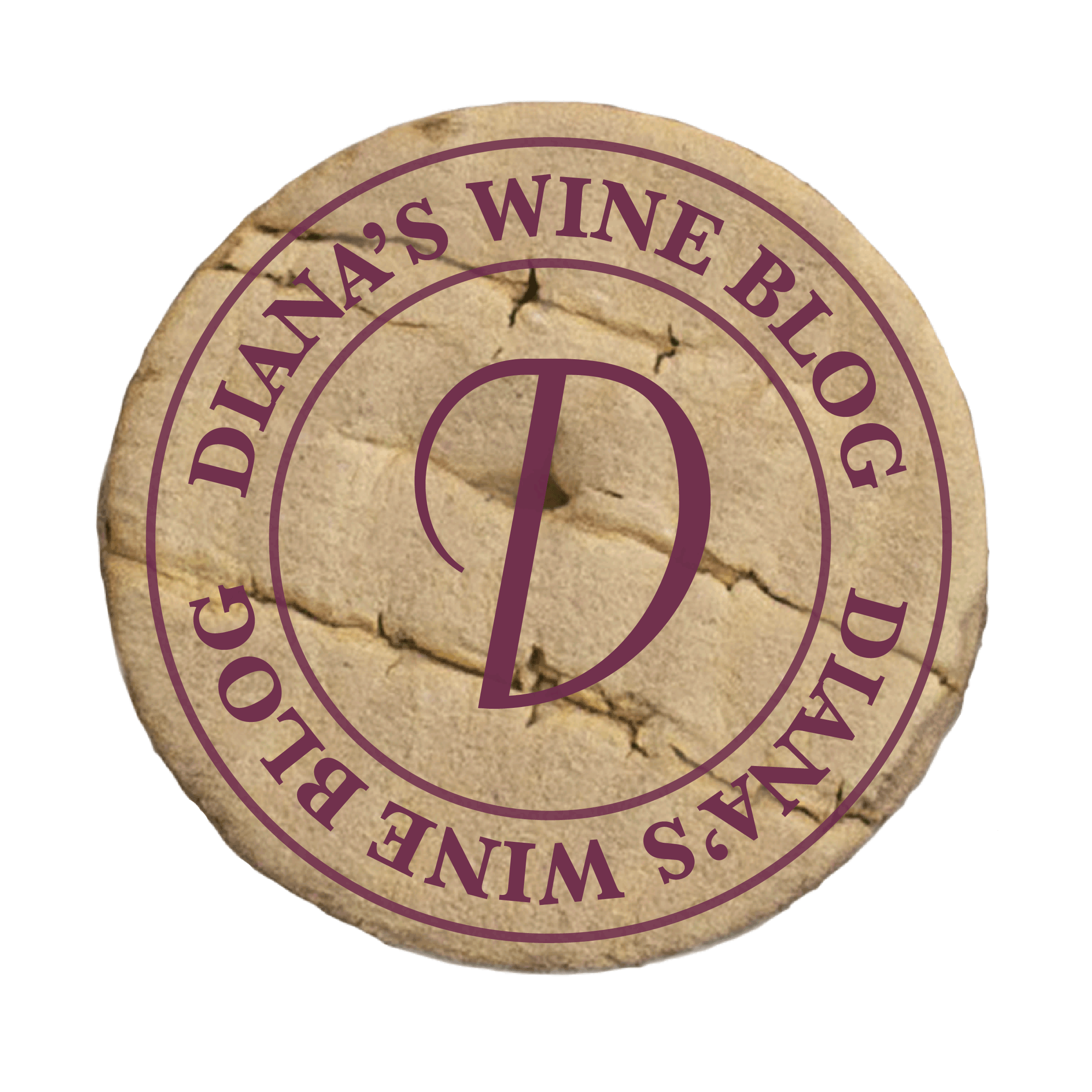
Decanting to Add Enjoyment
There are two very good reasons to decant wine. The first relates to aged wines, and the second is about aeration.
Let’s start with aged wines. Wines with some years “under their belt” age and evolve. Part of that evolution may be the formation or evidence of sediment in the wine. This is not desirable to taste or drink – therefore decanting is the best approach. Decanting the wine will allow the sediment to sink to the bottom, and the pleasure of the wine will be at its fullest.
The second reason is actually about aeration. Just recently, I was in a class and heard some interesting facts. One – that 90% of all wines purchased are consumed within the first year. Two – the next 9% are consumed within 5 years. That is not a lot of aging time for a wine. Many wines require some time in bottle to truly show their best “stuff.” So if only 10% of wine is truly laid down to age gracefully for at least some time, then what is a person to do? That is where a decanter can be a really good friend. It will allow your wine to “open up” and provide greater accessibility to the aromas and flavors. Aeration will enhance your wine experience and make it more accessible for your enjoyment.

Older Wines Need to be Laid Down…
My mother told me that if you can’t say something nice, say nothing at all. I usually abide by that statement and yet sometimes… I was in a wine store the other day (imagine that) and was picking up a prize for a wine tasting party. I could not help myself – I had to browse the aisles and see what gems there might be on the shelf. I was a bit disturbed to see some older wines standing up. An example was a 2006 wine called La Serena Syrah – there were nine bottles, all standing at attention. The challenge for you, the consumer, is not knowing where and how these bottles were held for the last six years (many wines are not released from the winery until about two years after the harvest year). This wine costs about $60 and should be resting on its side to reach you and your glass in the best possible condition.

Time to Check the Temperature at Home
The ideal temperature for wine storage has always been touted as between 55 and 57 degrees. This is the best temperature for reds to age gracefully over the long term. Well, now we have a scientific study to document what happens when we keep wine in warmer temperatures, such as would be normal for a home. Now scientists have done a study showing that wine stored in a typical home can age four times as fast as wine kept under ideal conditions.
The experiment was conducted with 400 bottles of Sangiovese. 200 of the bottles were stored in the ideal conditions, while the other 200 were kept at temperatures typical of the home environment.

Just Say No — to Bad Wine
Travel and being on the road can be tedious at times. While many hotels do their best to be hip and even provide wine tasting hours, many fall short. It can be a real challenge to get a good glass of wine while traveling and staying in hotels. Ordering wine by the glass in the restaurant can be frustrating as well. Recently, I have had some experiences that have taxed my taste buds.
Just recently, I was staying at a hotel in Los Angeles, and their steak house had a Wine Spectator Award of Excellence. I was by myself and ordered a glass of wine off the wine list. The list touted a Washington wine from a very good vintage, and I was excited to try it. They had good crystal on the table, so I expected a great glass. Upon arrival, the wine had no aromatics; the taste was flaccid and bitter. This was unacceptable.
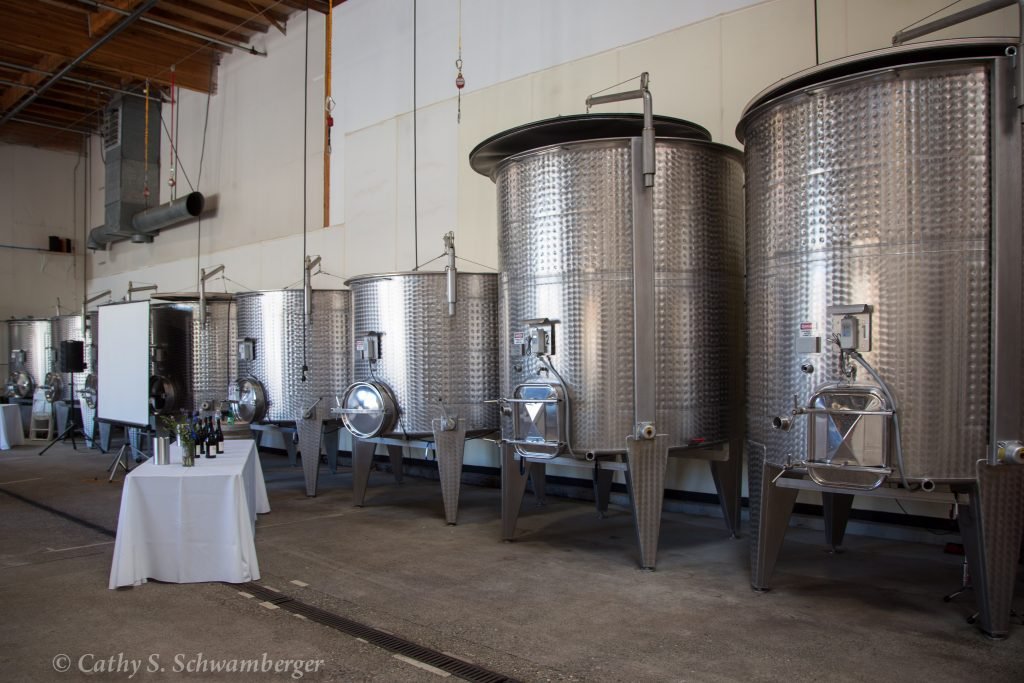
“She Blinded Me with Science!”
What exactly do yeasts do during fermentation??
Sounds like a funny question that begs a funny answer; yet, for wine lovers, it is an important equation. It is a chemical equation that leads us all down the path of enjoyment.
To be precise though: during fermentation, a yeast cell takes one sugar molecule and turns it into two ethyl alcohol molecules, two carbon dioxide molecules, some heat and tiny amounts of a few by-products. One of the most important of those by-products is glycerol, which give wine a viscous, mouth-coating texture.

Mother Nature Speaks — From Vintage to Vintage
The beauty of wine is that it is dynamic. It is ever-changing with nuances from season to season. While vineyards themselves will have distinct soil composition that typifies them and offers certain characteristics to the wine, different varietals have flavors that typify them when crushed and aged. Winemakers themselves have particular styles that they bring to their process, which, in the end, will have an impact on the wine’s flavors, body, and balance.
But there is another player in the mix who has a voice in the final product, and that is Mother Nature. She has a big impact in the year long process. She can be a friend or present many challenges to the vineyard manager and winemaker in the final expression of the wine.

All That and a Bag of Chips?
It has been a practice for several hundred years to age wine in oak barrels. Oak plays an important role in the process of wine making. It enriches the wine with new compounds that impart flavors. It serves as a barrier in the storage and therefore allows for specific physical reactions to take place.
What about those flavors? First and foremost, there are primarily two places that the oak most used in winemaking comes from. That’s France and America — mostly Missouri. Yes, I said Missouri. You will hear these oaks referred to as French Oak and American Oak. They deliver different nuances themselves. (There is a winery in Napa Valley where you can taste the difference during a tour. This winery does barrel tastings and will give you samples from wine that is aging in either American and French oak and that is the only difference. This is a worthwhile experience and a very fun visit, yet that is for a later blog.) Oak exerts its influence on wine through chemical processes that support the evolution of flavors and structure. The geographical origins of the oak, the forest, and type of grain will influence what the wood contributes.

Vintage Matters
Just this weekend, I was shopping in a local wine store. It was one of the big stores, as I was looking to purchase some glassware as a prize for a blind wine party. Since I cannot stop myself from browsing the shelves, I passed by the Spanish section. There was this excellent Grenache from Alto Moncayo Veraton, and the shelf talker announced, “92 points from The Wine Advocate.” The price was under $26, and one would say that would be a good purchase. I looked closer at the shelf talker to find the year that the wine garnered that rating, and it was 2009. The wine that they were selling on the shelf, though, was a 2011. While the 2011 of this wine was rated the same – what if it had not been?
Herein lies the problem. All vintages are not the same. That may be a real understatement this year, as California faces its worst drought in history. Winemakers deal with Mother Nature, and each season presents its challenges. In Napa Valley, the past few have been very different; and you will see the difference on the shelf and in the bottle.
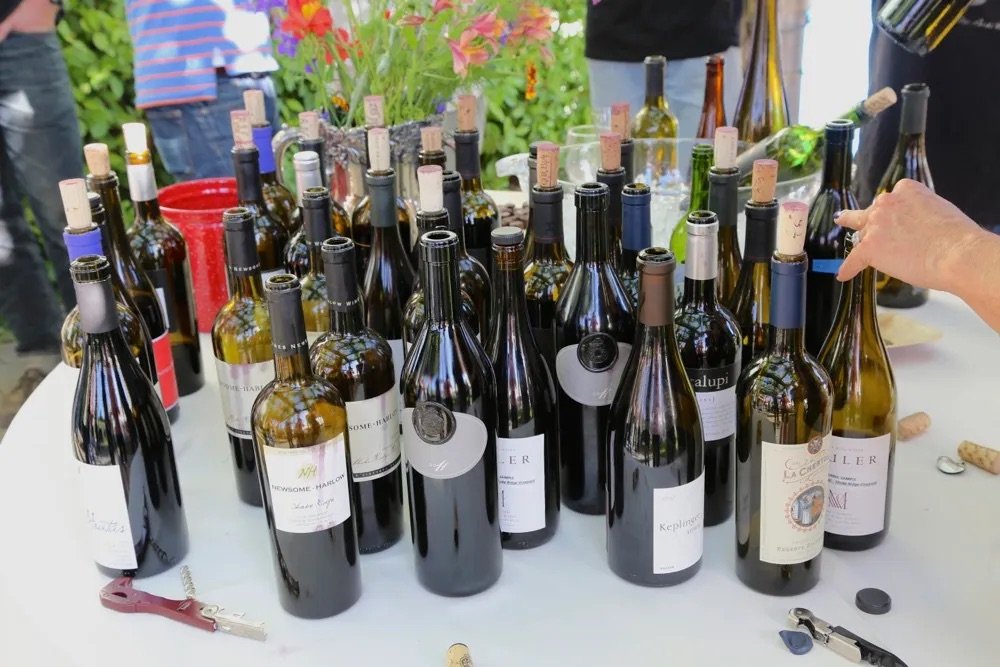
Holiday Heart Syndrome: Too Much of a Good Thing
It's the Holiday Season -- a joyous, expressive time of the year. It is the time of the year to enjoy family, friends, food, and good wine. We all know that moderation is important in all things - it is important in this season as well. I was reading an article from Medscape, a source that I trust and regard, and it affirmed for me the need to moderate in terms of eating and drinking. I wanted to share an excerpt from the article with you, which discusses a well-established syndrome called Holiday Heart Syndrome. Believe it or not, this condition was designated as a syndrome in 1978.
I realize this is an interesting article that most of us don’t need to read in order to be healthy through the season, yet perhaps it is important information to help us take care of those around us.
